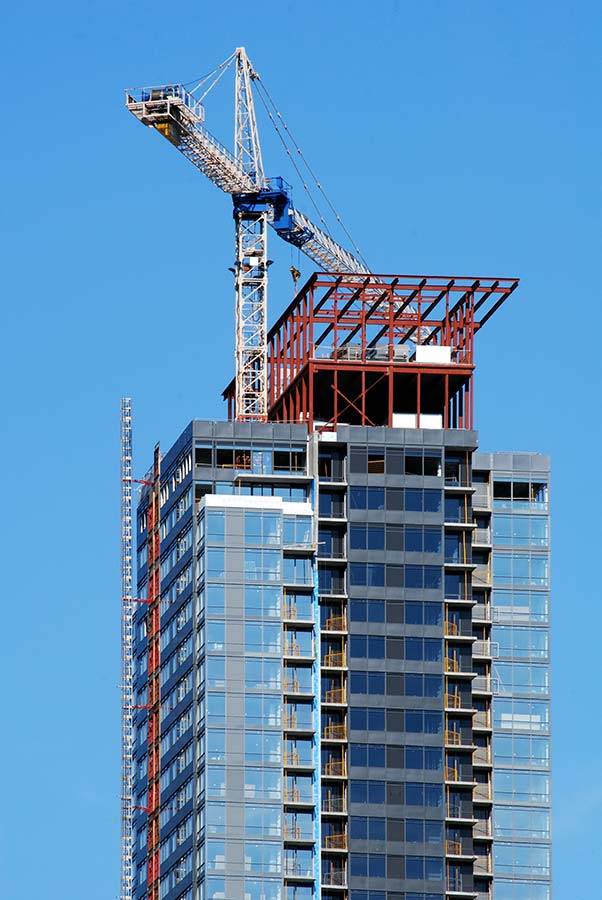With contractor insolvency now perceived as the main threat to successful project delivery, what can developers and property professionals do to protect themselves?
In a highly competitive construction sector where margins are being squeezed all the time, it’s not uncommon for contractors to carry the risk of cost inflation; and accept the consequences of project delays.
According to the Construction Leadership Council’s Construction Product Availability Statement (8 March 2022), inflation is now an even more significant concern than material shortages. It cites increases of 5 to 10%, and even up to 20% more for materials compared to the same time in 2021. These rising costs have resulted in a 72% YoY increase in construction insolvencies, and since Q1 2020, SMEs’ balance of outstanding loan payments has increased by 36%, while large businesses saw their balance fall by 8%.
With the current volatility in the market, there is a must-read business case for developers to take charge of their insurance rather than letting the contractor take the lead. However, if having read that there is still a desire to delegate this to a main contractor, then as part of the tender selection process, a developer should understand the builder’s insurance policies and financial position. This will confirm they are current and up-to-date insurance-wise, confirming the limits of the cover and that the sums insured are sufficient to cover any eventuality. Apart from the main liability and contract works insurances, the following are important additional covers before works begin on site:
- Structural Warranties and Latent defects insurance: If you have chosen to delegate this task to the main contractor, ensure the right entity is listed as a beneficiary of the policy. Whether this is to protect your position in case of a falling out with the contractor or the unthinkable happens and they are not able to fulfill their obligations, being in possession of the paperwork and contacts will leave you with one less problem to solve! The absolute way to protect against either is to take responsibility for your own insurance portfolio and not to make it part of the bid.
- Performance Bonds: In the aftermath of the Carillion collapse, the use of performance bonds as a way of de-risking a project has become increasingly popular. We believe that prevention is better than cure – So performance bonds should be requested before a contractor is appointed. This will protect the developers’ interests should the contractor fail to fulfill its obligations as per the contract. It’s worth noting that surety markets have a laser-focus on the financial footprint of the contractor, and this is one of the key factors in a bond being offered and at what rate.
The true value of an advisory business lies in their technical expertise, market knowledge, and relationships with insurers – These qualities come into sharp focus during a hardening set of insurance market conditions. To secure the most effective coverage for projects, property developers and associated professionals should engage with advisors at an early stage to ensure their contractual structure reflects the optimal insurance program design and enables sufficient time for terms to be negotiated and executed.
If you have a project you wish to discuss, call us on 020 3096 0718 or fill in our enquiry form online.





